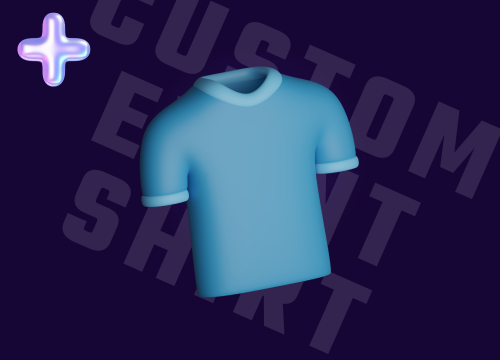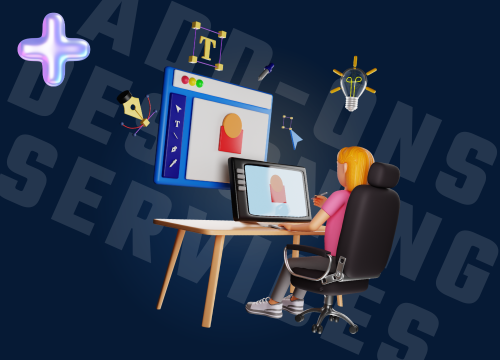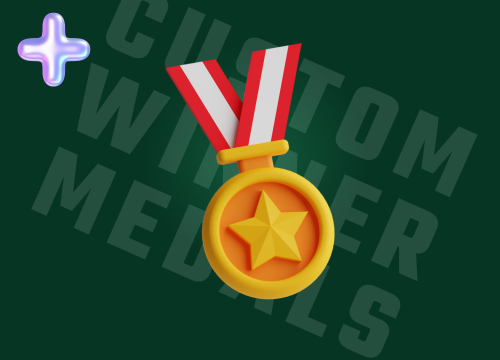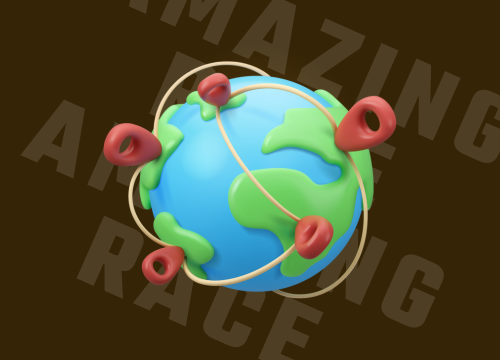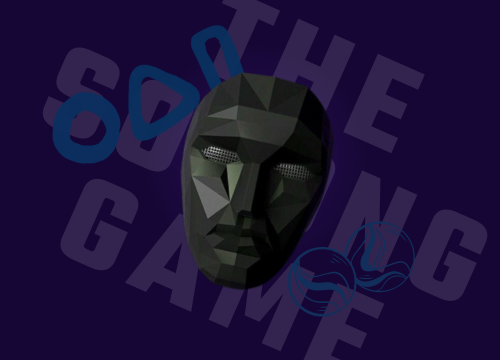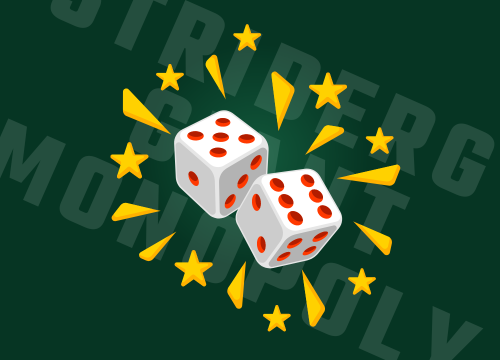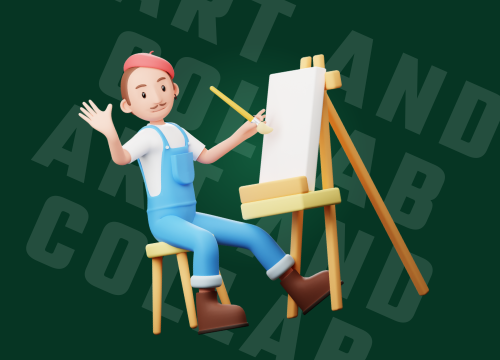How to Facilitate Team Building ACTIVITIES (and actually make it work)
Facilitating team building is not just about picking a few fun games, giving out name tags, and then hoping for magic to happen. We’ve been there before—where all the prep is in place, the logistics are perfect, and still… the energy just doesn’t land.
Here’s the truth: the activity doesn’t build the team.
How you (participants) and we (Braver Strides) facilitate it does.
At Braver Strides, we’ve learned that real team building comes from how well you hold the space. Not just physically, but emotionally and socially. It’s about guiding—not pushing—groups through conversations, challenges, and shared experiences that actually stick.
Let’s break it down.
In this article, we’ll share insights from our journey, helping you master the skills needed to facilitate team building that truly transforms.
Understanding the Core of Facilitation
Facilitating is more than just running through a checklist of activities—it’s about creating a space where participants feel connected, challenged, and motivated. A great facilitator is an architect of experiences, one who can adapt to the dynamics of the group and steer the energy toward positive outcomes.
1. Every Team is Different. Treat Them That Way.
One-size-fits-all doesn’t work here.
You can’t facilitate a team the same way you’d run a board game night with friends. Some teams are made of quiet thinkers. Some teams have too many bosses. Some teams show up already burnt out from work. Each group brings its own rhythm, dynamics, and energy.
That’s why before we facilitate team building workshops, we always start by asking ourselves:
What’s the vibe of this team?
What do they actually need from this session?
Are we here to strengthen trust? To work through friction? Or just to help people let loose?
Once we know that, we tailor everything—from the pacing to the way we give instructions.
Some teams need a strong, visible facilitator to hold the space tight. Others just need a light nudge and they’re off.
The trick is reading the room and knowing when to lead… and when to step back.
2. Don’t Just Run Activities—Set the Stage
At the beginning of every session, we tell participants:
You’re not here to win this. You’re here to learn something about how your team works together
Setting clear intentions early creates focus. Otherwise, people just go through the motions, waiting for lunch.
Sam Kaner talks a lot about creating shared understanding before diving into decisions. Same thing applies here. If everyone knows the purpose, they’re more likely to be present—not just physically, but mentally.
Start with questions like:
“What do you hope to get from today?”
“What kind of teammate do you want to be during these activities?”
This isn’t just empty conversations. It helps participants anchor their experience in something deeper than just “having fun.”
3. Gamify with Meaning (Not Just Noise)
We love games. But we love meaningful games even more.
Our CSR team-building sessions look nothing like your typical beach-clean-up event. We design challenges that feel fun, yes—but also reflect real teamwork skills: decision-making, listening, adaptability, and shared leadership.
For example, in some sessions, we tie game outcomes to CSR contributions. So every point earned means more donations, or a better outcome for a community. Suddenly, people aren’t just playing—they’re playing with purpose.
It’s amazing how fast people come alive when they know their actions matter beyond the room.
4. Guide—Don’t Command
You’re not a drill sergeant. You’re a facilitator.
The best sessions happen when the facilitator steps back just enough to let the group take ownership. If they make mistakes, let them. If they go quiet, give them space. Then step in when it’s needed—not to give answers, but to help them ask better questions.
This is straight from Kaner’s approach to participatory facilitation: your job isn’t to lead the group to your solution, it’s to help them find theirs.
Ask questions like:
“What’s stopping you from moving forward?”
“What’s something no one has said yet, but should be heard?”
It’s about unlocking the group’s own wisdom. Not showing them how smart you are. Many people doesn’t realise this, they forgot that their teammates are adults who has the ability to think too.
5. Things Will Go Sideways—Prepare Anyway
Let’s be real. The weather will change. The speaker won’t work. One activity will flop. Someone will go rogue.
It’s okay.
We always keep a few backup plans tucked in our pockets—activities we can swap in quickly, or ways to shift the energy when things get heavy or weird. More importantly, we train our facilitators to flow with the moment, not freeze.
Because what matters most isn’t the perfect plan. It’s the quality of the experience. And sometimes, a spontaneous pivot leads to the most memorable part of the day.
6. Make It Safe (Especially for the Quiet Ones)
If the loudest people are doing all the talking, you’re not hearing the full story.
Creating an inclusive space means making room for everyone to contribute, not just the confident or extroverted ones. We often use small group sharing, silent reflection rounds, or visual activities to make sure even the quietest participants can find their voice.
As Kaner reminds us: diverse participation leads to better outcomes. But only if you create the conditions for it.
A good facilitator doesn’t just keep things “fair.” They actively notice who hasn’t spoken, who looks unsure, and they gently draw them in.
7. Always End with Meaning
The game ends. People clap. Everyone is tired but happy.
Don’t stop there.
This is the moment where the learning lands.
Always close with reflection—not as an afterthought, but as the core of the experience.
We usually gather the group and ask:
“What surprised you about today?”
“When did your team work best together?”
“What’s one thing you’ll take back to your work from this session?”
You’ll be surprised how often people don’t talk about the game itself—but about how it felt. “I didn’t think I’d speak up, but I did.” “We actually listened to each other today.” “That moment when we finally figured it out—that was powerful.”
That’s the real win. Not the points. Not the prize.
The shift in how people see each other.
Final Thoughts: Be Human First
Facilitating team building isn’t about being perfect. It’s about being human—present, flexible, curious, and tuned into the group in front of you.
At Braver Strides, we believe that the best facilitators are those who show up not just with a plan, but with a heart for connection.
And if you’re looking for a team to bring that kind of energy to your next CSR or team-building event— you know where to find us.
We don’t just run activities.
We build experiences that teams remember.
At Braver Strides, we believe that the best facilitators are those who show up not just with a plan, but with a heart for connection.
Ready to Transform Your Team?
If you’re looking to turn competition into collaboration and create a stronger, more unified team, the Sotong Game is the perfect team-building experience for you. Not only will your team enjoy a day filled with unique challenges and strategic fun, but you’ll also be contributing to a charitable cause with every success. It’s a win-win situation, where everyone walks away with something valuable.
Contact us today to arrange your very own team building event and discover how this innovative approach can bring your team closer together while making a difference in the community.
LET'S START PLANNING YOUR NEXT
TEAM BUILDING CSR PROGRAM TRAINING PROGRAM CORPORATE EVENT RETREAT EVENT
EVENT EXPERIENCE ADD-ON
Add some extra spice to your event!
HEY! YOU MAY ALSO LIKE
Some of our trending activities! Mix and match for MEGA fun session!
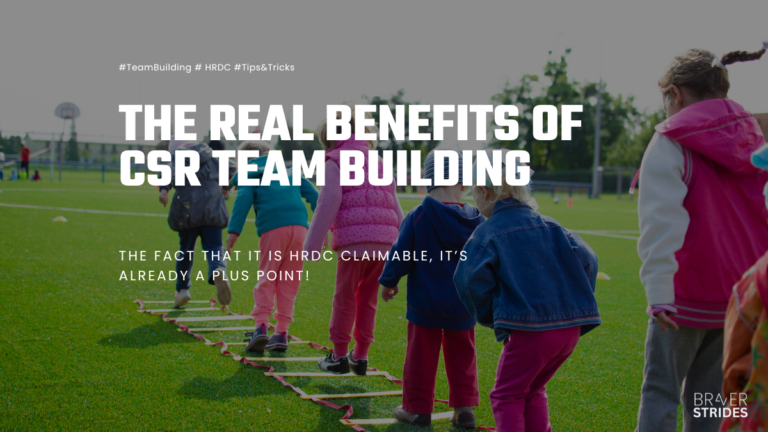
:max_bytes(150000):strip_icc():format(webp)/corp-social-responsibility_revised-dc9a157213de4872b2159fea8450ad13.png)
